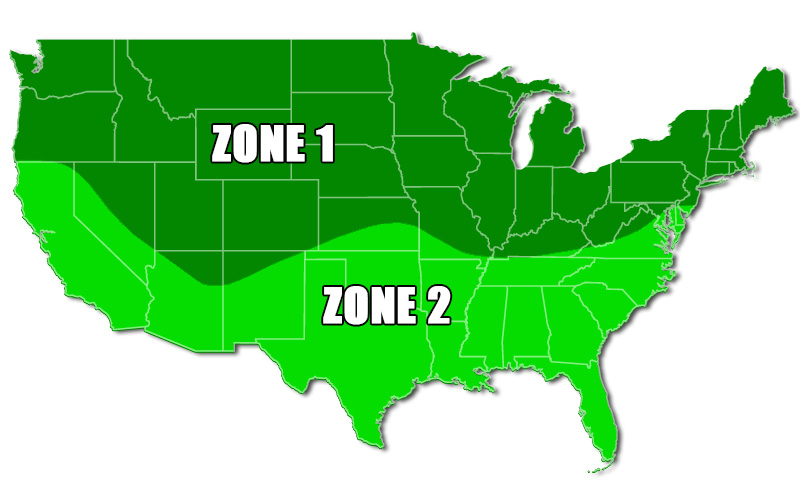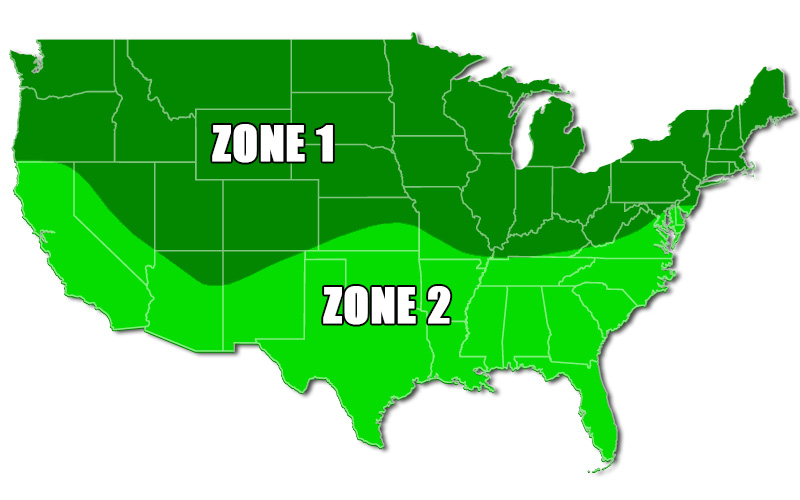
Grass Seed Planting Guide – BrinlyU
With spring only a week away, many of us are beginning to think of warmer temperatures, short sleeves, and green grass. Soon, we’ll begin the process of reviving our lawns from a long winter’s abuse. A healthy, thick lawn is the best defense against opportunistic weeds and pests. Read this Grass Seed Planting Guide for the step-by-step procedure of how to seed your lawn properly.
Test the soil
Before beginning any project, we want to quickly assess the current situation. Seeding a lawn is no different, so we begin by testing the soil’s pH level. This can be done by using a kit or meter available at any garden shop or home improvement center. The soil should be relatively neutral, somewhere between 6.5 and 7.5. If the number is low, the soil is too acidic and must be adjusted by adding lime. If the number is high, the soil is too alkaline and can be adjusted by adding peat moss or sulfur.
Choose the right seed
After testing and correcting the soil’s pH, we must select the proper seed. In the diagram below, you’ll notice 2 zones. The lower zone is conducive to warm-season grasses like Bahia, Bermuda, St. Augustine, and Zoysia. These grasses prefer temperatures well into the 80’s, and go dormant during the fall and winter seasons. They have wide blades and can be mowed shorter than cool-season grasses. The best time to plant warm-season grasses is in late spring, long after the last frost has fallen.
The upper zone is more appropriate for cool-season grasses, which are best planted in late summer or early fall. If necessary, cool-season grasses can be planted in the early spring. These grasses have longer, thinner blades and include Bentgrass, Bluegrass, Fescues, and Ryegrass.

Increase your germination rate
When overseeding an existing lawn, you want to mow on a slightly lower setting than usual, as this will help more seed reach the ground. Next, use an aerator to perforate the top layer of soil. These holes will not only serve as catchcups for the seed to increase germination rate, but it will also strengthen the existing grass by enabling more air, nutrients, and water to reach the root system.
For maximum efficiency, use a combination aerator-spreader to both aerate and spread seed simultaneously. Make two perpendicular passes over the area for well-balanced coverage and to minimize any visible inconsistencies. After spreading, you may want to apply a topdressing material to increase germination rate and help retain moisture. A quick pass with a lightly-filled lawn roller will ensure that the seeds are in direct contact with the soil.
Finally, water! You’ll want to keep the top inch of soil wet until the seeds germinate, which may mean watering 2 or 3 times a day. A general rule of thumb is to keep the top layer of soil moist until the seedlings are 2 inches tall or 2 weeks old. Then gradually decrease watering frequency as they mature. That way, they’ll be nice and strong – hungry for their first round of (half-strength) fertilizer at week 5!
View broadcast spreaders from Brinly and Spyker

Author: Brad Turner


